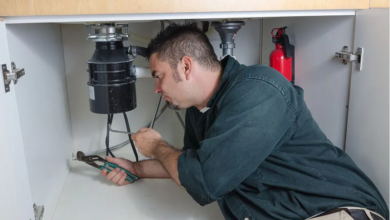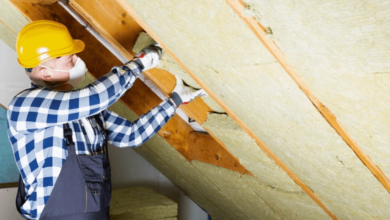
Smooth Transitions: Essential Tips for Your Home Window Replacement
Replacing your home windows is a significant investment that can yield substantial benefits, from improved energy efficiency and enhanced curb appeal to increased comfort and noise reduction.
While the prospect of a window replacement project might seem daunting, approaching it with careful planning and a clear understanding of the process can ensure a smooth and successful outcome.
This guide offers practical tips to help you navigate each step, ensuring your new windows are perfectly suited to your home and needs.
Assess Your Needs and Goals
Before even thinking about styles or brands, take time to assess why you are undertaking a window replacement. Are your current windows drafty and inefficient, driving up energy bills?
Are they aesthetically outdated? Do you need better sound insulation, or are you looking to enhance your home’s security?
Clearly defining your primary goals – whether it’s energy savings, aesthetics, comfort, or a combination – will help narrow down your options and guide your decisions throughout the selection process for your window replacement.
Set a Realistic Budget
Once you understand your needs, establish a realistic budget. Window replacement costs can vary widely depending on the type of window, material, features, and installation complexity.
Remember to factor in not just the cost of the windows themselves, but also installation labor, disposal of old windows, and any potential unforeseen expenses.
Obtaining multiple quotes from different reputable companies will help you understand the market rates and ensure your budget is both comprehensive and achievable.
Choose the Right Window Type and Material
The market offers a diverse array of window types and materials, each with unique benefits. Common materials include vinyl, wood, fiberglass, and aluminum. Vinyl windows are popular for their affordability and low maintenance, while wood offers classic aesthetics but requires more upkeep.
Fiberglass provides durability and energy efficiency. Consider styles like double-hung, casement, slider, or bay windows. Research their energy performance ratings (U-factor, SHGC) relevant to your climate to maximize energy savings for your window replacement project.
See also: Advancements in Smart Home Technologies
Select a Reputable Contractor
The quality of installation is as critical as the quality of the windows themselves. Choose a reputable and experienced window replacement contractor. Look for companies with a strong track record, positive customer reviews, and proper licensing and insurance.
Ask for references and don’t hesitate to contact them. A good contractor will provide detailed, written estimates, explain the installation process clearly, and offer a solid warranty on both the product and their workmanship, giving you peace of mind during the window replacement.
Understand the Installation Process and Timeline
Before installation begins, ensure you have a clear understanding of the process and timeline. Ask your contractor about preparation requirements on your part, such as clearing furniture or removing window treatments.
Inquire about the duration of the project, how waste will be managed, and what to expect during the installation days. Being well-informed will help you prepare your home and minimize disruptions, making the entire experience smoother.
A professional team will ensure minimal disturbance to your daily life while executing the window replacement efficiently.




